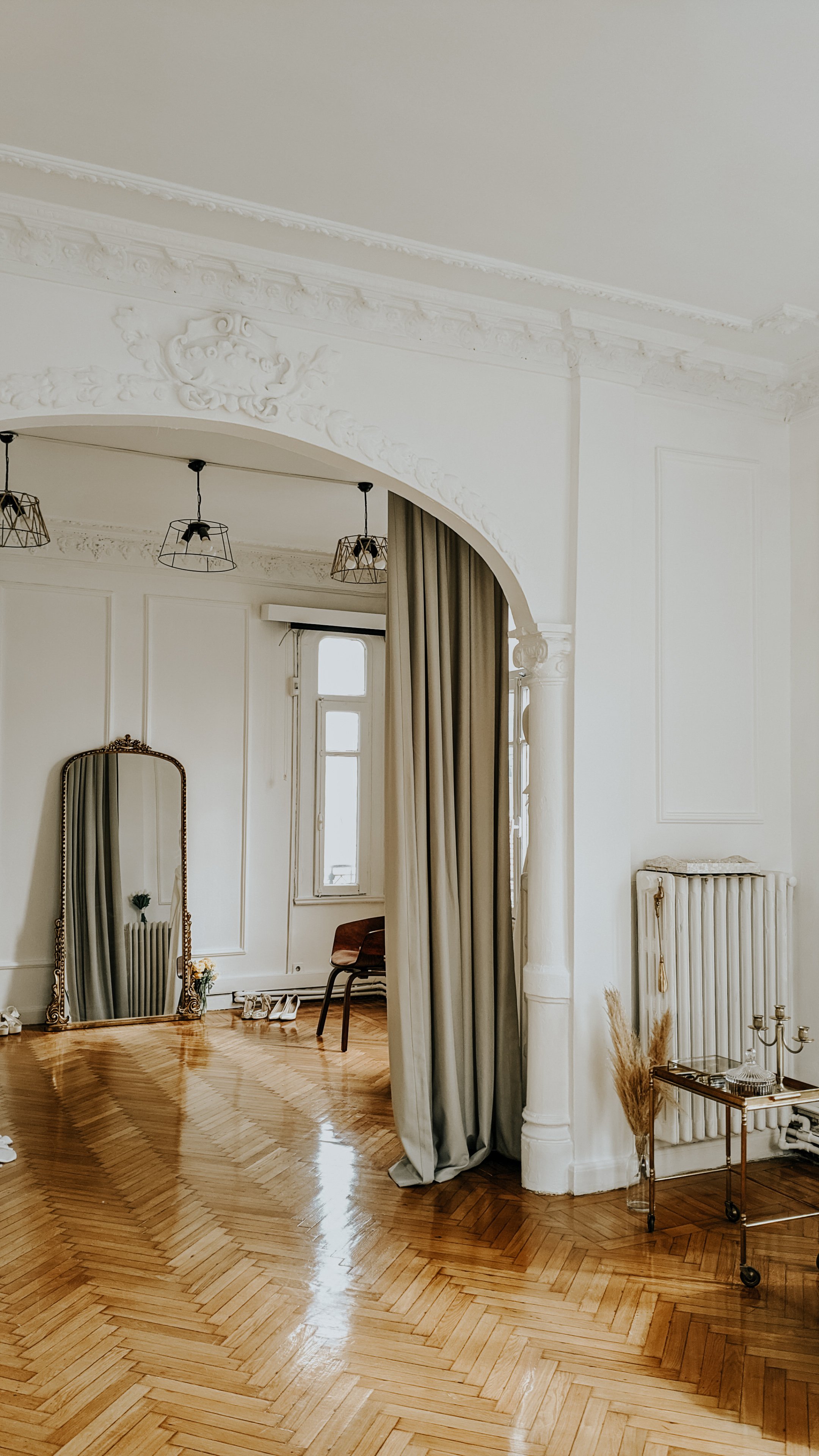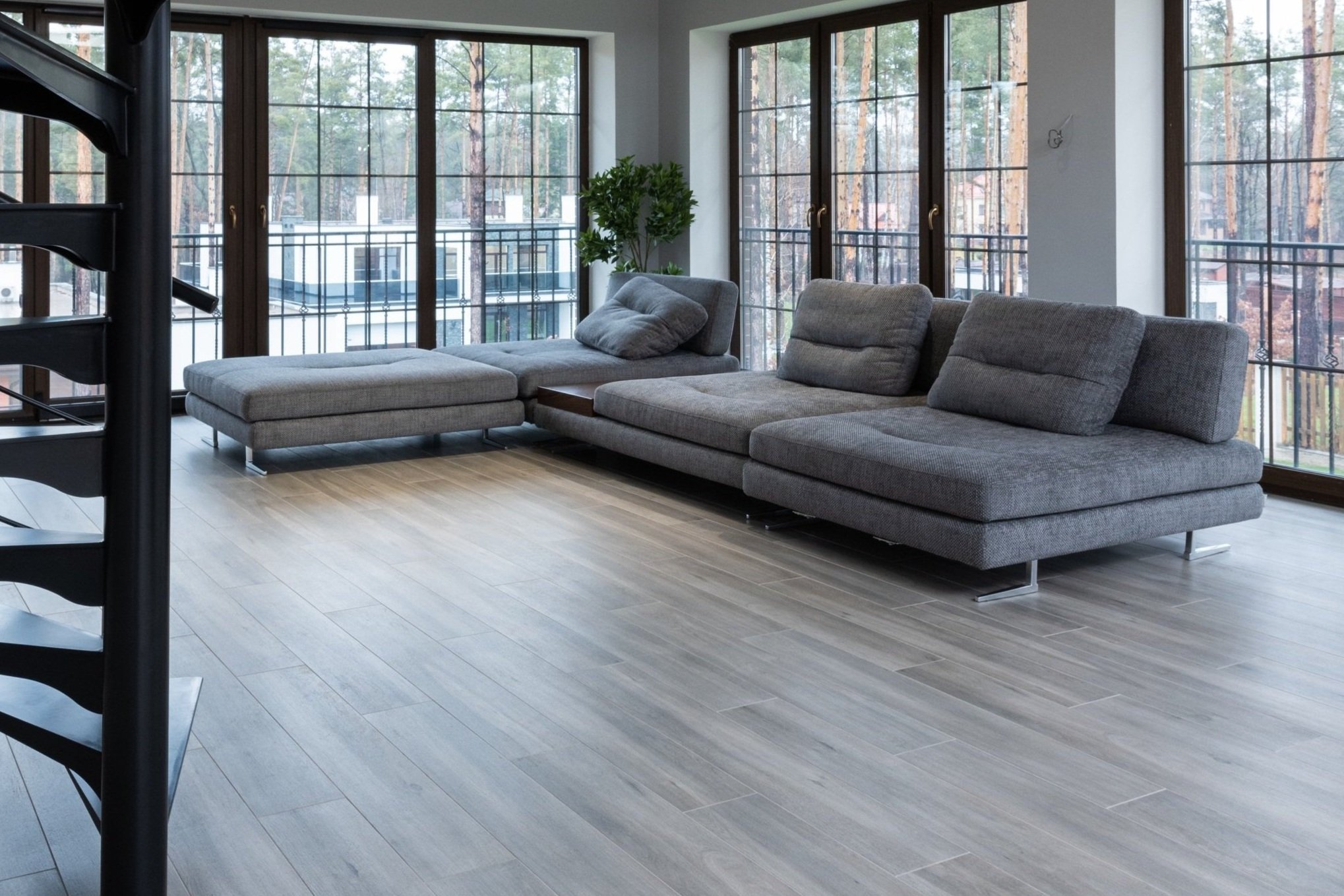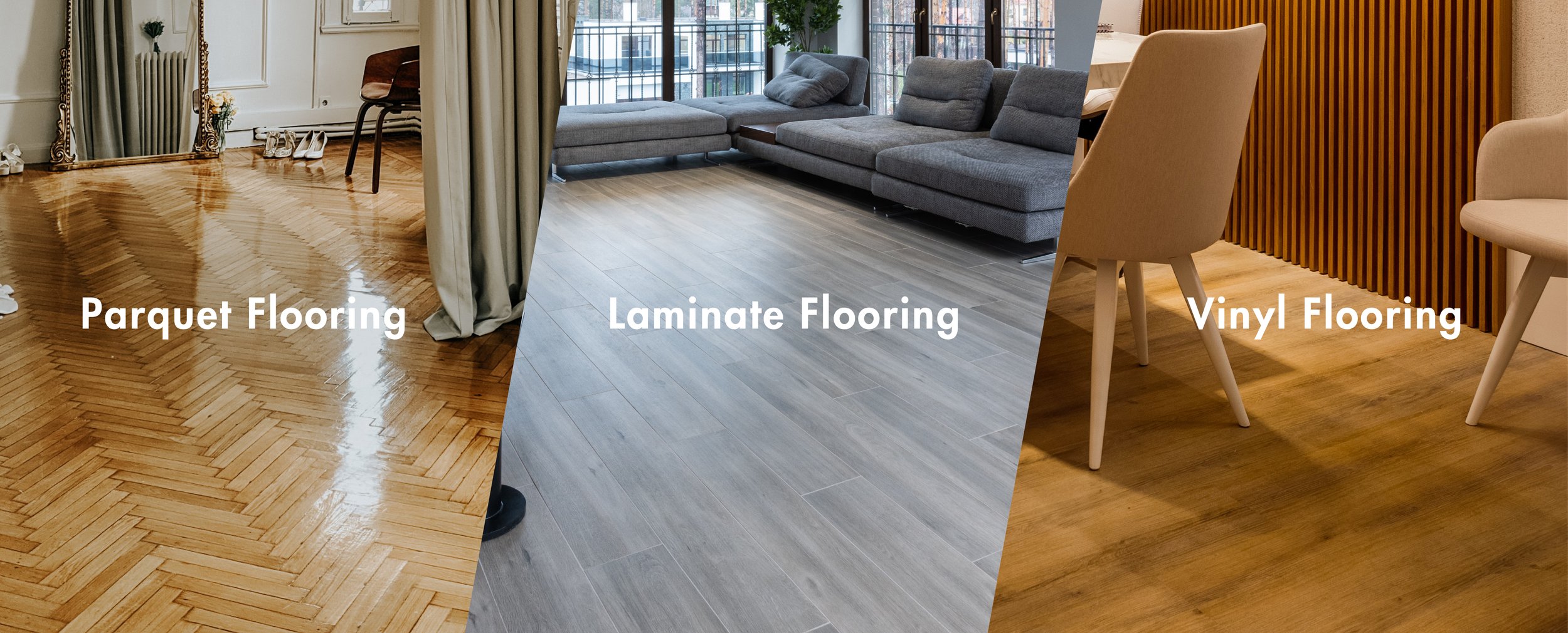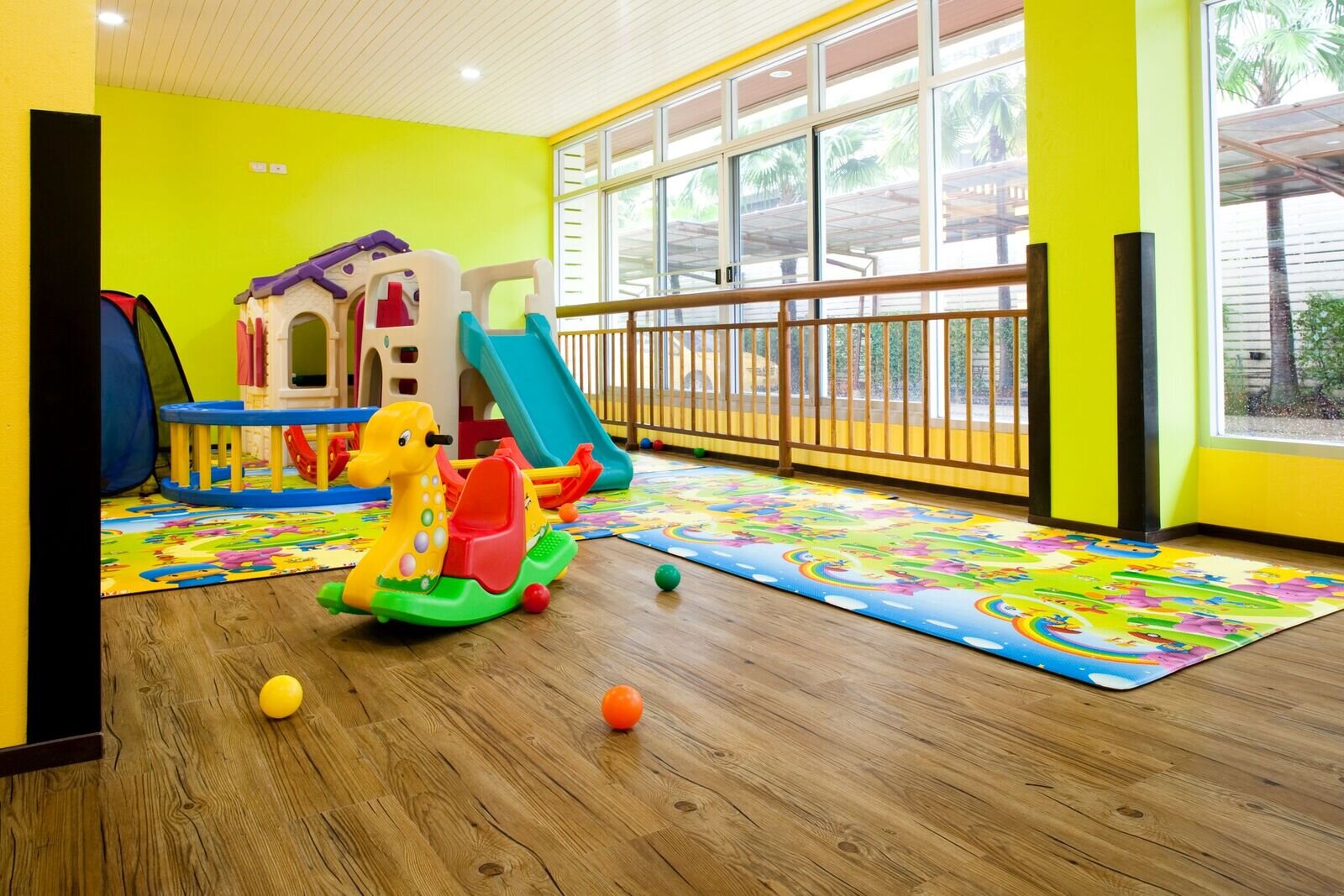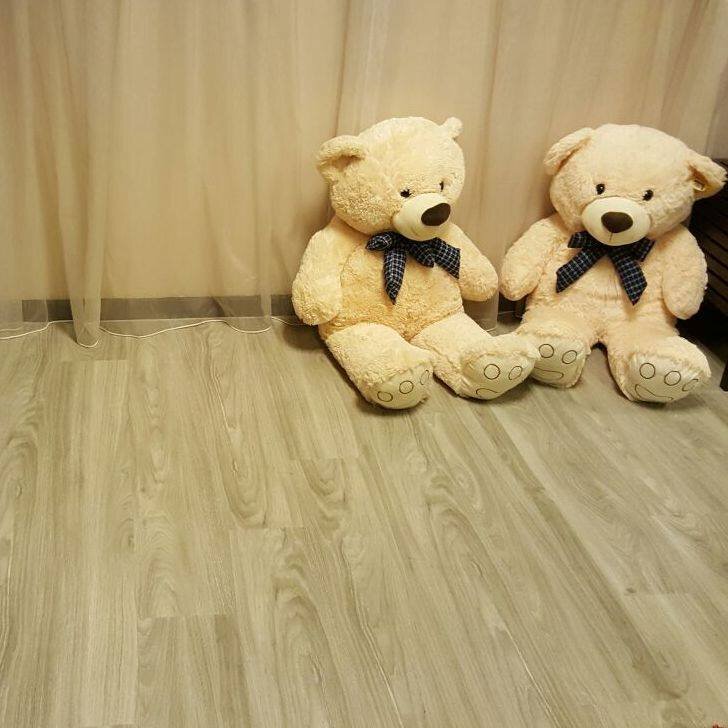Although ceramic and natural stone floors are known for their durability, their long-lasting nature can become a drawback when trends change swiftly. Unlike vinyl flooring, which offers a wide range of styles and designs, ceramic and natural floors are difficult to change to keep up with the latest trends. Additionally, ceramic flooring can be expensive, messy, and time-consuming to install and remove, and it requires significant maintenance over time. On the other hand, vinyl flooring provides easy installation and reinstallation options. With its limitless variety of looks and styles, NBL Premium Resilient Flooring offers adaptability, convenience, and straightforward maintenance.
Let's take a closer look at the advantages of vinyl flooring in comparison to natural stone flooring.
Durability: Stone vinyl flooring is highly durable and resistant to scratches, chips, and cracks. It is designed to withstand heavy foot traffic and daily wear and tear, making it ideal for high-traffic areas such as entryways, kitchens, and hallways.
Cost-Effective: Stone vinyl flooring is generally more affordable than natural stone flooring options. It provides the look and feel of stone without the high price tag, making it a budget-friendly alternative for those who desire the appearance of stone flooring.
Easy Maintenance: Stone vinyl flooring is relatively low-maintenance compared to natural stone. It is resistant to stains, moisture, and mildew, and can be easily cleaned with regular sweeping and occasional mopping. It does not require special sealing or polishing like natural stone.
Comfort and Noise Reduction: Stone vinyl flooring offers better comfort underfoot compared to traditional stone flooring, as it has a cushioned or resilient layer that provides a softer feel. It also helps to reduce noise transmission, making it a quieter option.
Wide Range of Styles and Designs: Stone vinyl flooring comes in a wide variety of styles, colors, and patterns, allowing homeowners to achieve the desired aesthetic without the limitations of natural stone. It can mimic the appearance of various stone types, including marble, slate, and travertine.
Installation Ease: Stone vinyl flooring is relatively easy to install, often available in a click-and-lock or peel-and-stick format. This makes it suitable for DIY projects, saving time and money on professional installation.
Versatility: Stone vinyl flooring can be installed in areas where traditional stone flooring may not be suitable, such as on uneven subfloors or in spaces with underfloor heating. It offers more flexibility in terms of installation options.
Eco-Friendly Options: Some stone vinyl flooring products are made from recycled materials and may be considered more environmentally friendly compared to natural stone, which requires significant extraction and processing.
While stone vinyl flooring presents numerous advantages, it is crucial to take into account individual preferences, space requirements, and desired aesthetics when deciding between stone vinyl flooring and traditional stone flooring. If you want to find out more about stone vinyl flooring and which is suitable for your space, do drop us a message and we will do our best to assist you.







